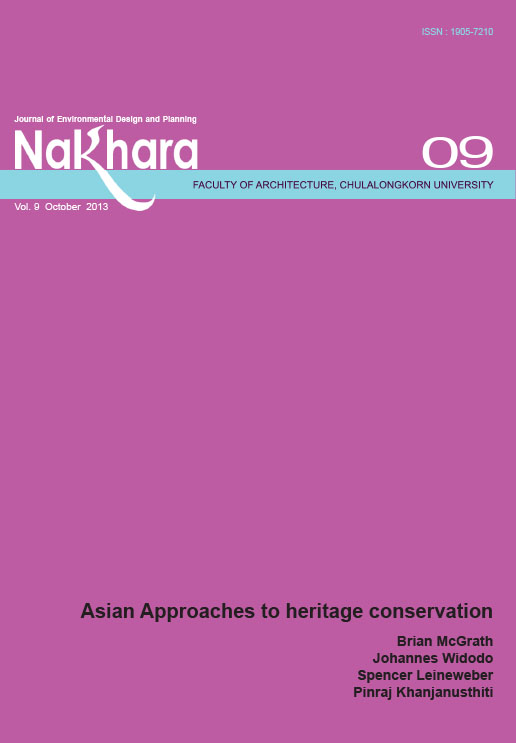Reclaiming the Lost Architectural Heritage Sompur Mahavihara: Through Conjectural Restoration
Main Article Content
Abstract
Sompur Mahavihara, presently known as Paharpur vihara is the second largest Buddhist vihara on
the subcontinent and one of the most important archaeological sites in Bangladesh. This Buddhist
monastery, situated in Naogaon district was established when Buddhism attained its peak in Bengal under Dharmapala, second king of Pala dynasty in 8th century. But the mystery of its morphology is unknown. Little study has been done to reveal its actual form. As this monastery is important in the archaeological history of Bengal, an investigation is required to know what the central shrine and the monastery looked like and for morphological evaluation from the previous temples. This essay has several objectives. It is an attempt to comprehend the form of the central shrine and its morphological development from previous examples of the Buddhist monasteries; to restore the disjointed link in relation to the formal evolution of the central shrine of the Paharpur vihara,; to fi nd the relationship between the central shrine of the Paharpur vihara and other contemporary Buddhist developments; and fi nally to suggest a conjectural restoration of Paharpur vihara with its central shrine to reveal its actual form.

